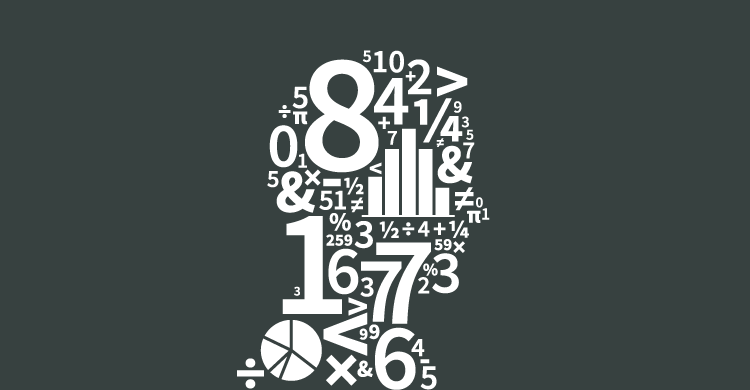Over the last several years, I have had the privilege of working with schools and districts as they develop and use common formative assessments to help assure that all kids learn at high levels. I’m often invited to work with teams at their meetings when they use the data from these assessments. As I sit and talk with teams who are actually doing the work, I’ve noticed several specific mistakes these teams are making. The first is that teachers, while trying to save precious planning time, often each score their own assessments and respond to the data in their own classrooms. This eliminates the opportunity for teams to learn together from the assessment. Without the collaborative conversation, teachers fail to compare how effective different instructional strategies were when other teachers taught the same concepts. They also can’t learn together about how to respond to students who need help.
Another common mistake is that teachers use the scores students earn on an assessment to plan their response. For example, if a student earns an 80% overall the teacher is comfortable moving on. The reality, though, is that if their assessment is about essential learning that is guaranteed, failure to learn any one of the learning targets means the student needs corrective instruction.
Finally, teams often forget that using the student work helps lead to a better response. When teachers bring the student answers to the table, they are able to group together students who had similar difficulties. For example, I worked with a second-grade team assessing two learning targets on an assessment: 1) students can identify the main idea of a multiparagraph text, and 2) students can provide details that support that main idea. I asked the team members to begin their analysis by making two piles for the first learning target: students who correctly identified the main idea in one pile, and students who chose an incorrect idea in the second pile. As they were sorting papers, one thing became clear—students who answered that question incorrectly almost always chose the first sentence of the first paragraph as the main idea. Teachers realized that this was a common misconception, as they often taught students that the topic sentence of a paragraph tells the reader the main idea and that the topic sentence usually was the first sentence in their paragraph. Two things happened as a result. The first was that the teachers were able to easily plan how to respond to the students who hadn’t learned this target. They would start by explicitly teaching why their misconception was incorrect. But they also learned something equally as important about how they should be teaching topic sentences. They needed to make it clear that topic sentences are not always the first sentence in the paragraph.
Using student work to plan corrective instruction has become one of the most powerful practices the teams I’m working with are using. Teams realize how important it is to have students expose their thinking on a formative assessment, generally in response to a constructed-response question. They also realize how important it is to move from getting the answer correct to knowing specifically what students have learned and what they have yet to learn.
Yes, the collaborative data meeting takes more time than having each teacher score and respond to an assessment. However, teams quickly see the value of that time—both in planning more precise responses to students, but also in how they can improve their initial instruction on essential learning targets.
[author_bio id=”76″]






